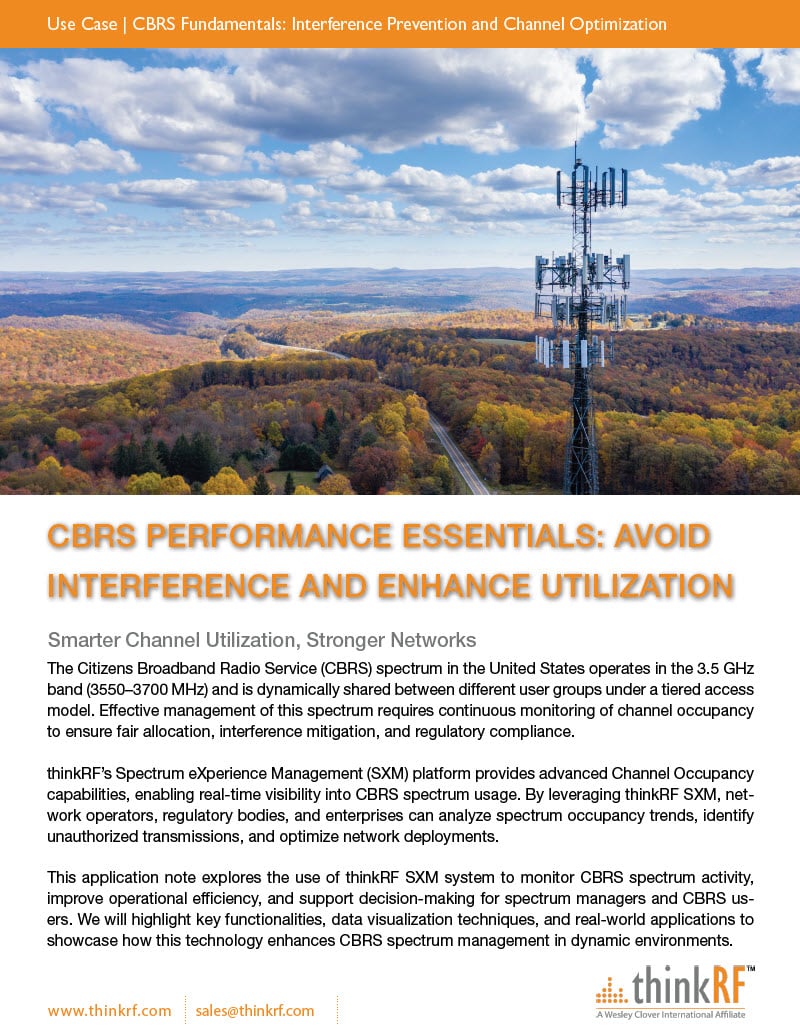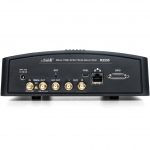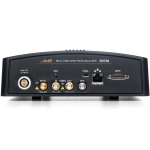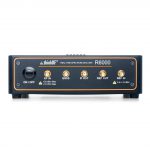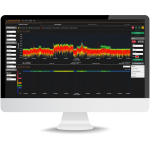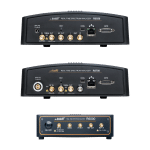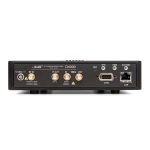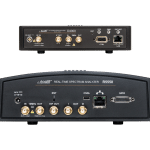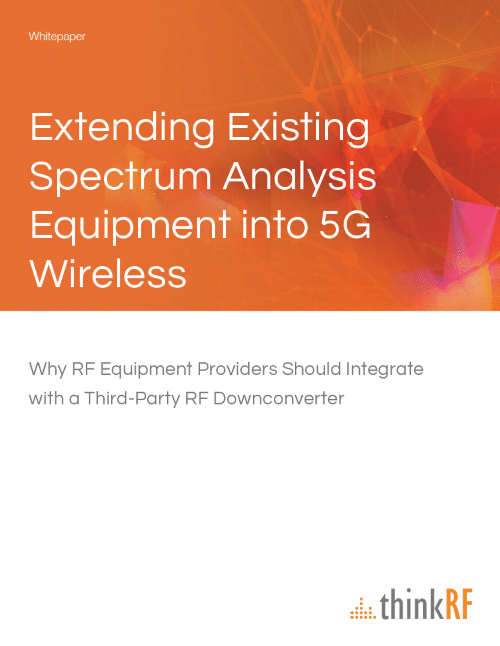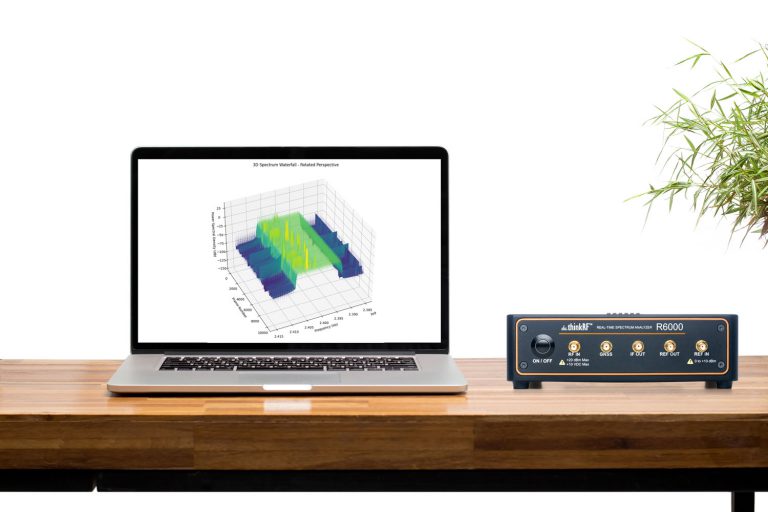With all facets of modern life increasingly dependent on wireless systems, the battlefield is no different. Electronic attack (EA) is now a pervasive and perpetual threat, and the relentless advance of technology has brought new dimensions to modern conflict. Wireless and digital systems have allowed for unprecedented speeds of decision making and communication by all sides. As a result, effective and accurate situational awareness and control over the wireless signals environment is now paramount to any successful mission.
The Changing Role of Signals Intelligence
Signals intelligence (SIGINT) has evolved to become a mission-critical capability in both mission planning and execution. The widespread proliferation of wireless devices has created a drastically different environment and placed previously exotic capabilities into the hands of adversaries at much lower levels of sophistication and resources than ever before. This has likewise grown the potential number of sources of signals to detect. At a time when budgets have become tighter and appropriately competent talent is harder to come by, users need the right tools and equipment to effectively monitor the spectrum.
Beyond the variety of signals, other technical obstacles have also become commonplace, including the requirement to intercept telephones, cellular and satellite, and signals with strong encryption. Infrequent and weak broadcasts across wide geopolitical operating theatres add further complication. In terms of cost and logistics concerns, the growing complexity generates a requirement for increased competency of operators and more powerful, reliable, and versatile tooling.
[vc_row][vc_column][vc_empty_space][/vc_column][/vc_row][vc_row][vc_column][vc_message message_box_color=”alert-info” icon_fontawesome=”fa fa-file-text-o” css_animation=”left-to-right”]Learn how you get better signals intelligence with ThinkRF – Download the solution paper[/vc_message][/vc_column][/vc_row][vc_row][vc_column][vc_column_text]
How Signals Intelligence Could Be Performed In The Future
As missions become more complex and the need for effective situational awareness solutions increases, these requirements become even more important. Teamed, networked, and remotely deployed units could provide any amount of coverage required in any theater, potentially operating off small portable power sources. Signals must be captured, processed and recorded for further analysis and to pass this information forward to future missions. The equipment needs to be flexible and versatile enough to be effective across a variety of deployment scenarios, signal types, and applications.
One potential example might be fitting equipment to small drones, either aerial or ground, with multiple remote locations forming a continuously monitored dragnet over an area of interest. Units could relay telemetry and sensor data in real time or in covert batch operation to man-portable units with more specialized and powerful software for further analysis, such as geolocation of the source of the signal.
In the further future, mature artificial intelligence and other intelligent automation systems will enable organizations to make better use of their human capital, freeing up technicians from ear-to-the-ground activities to conduct more valuable analysis tasks. These new and improved use cases require increased versatility and flexibility over what traditional spectrum monitoring equipment can provide.
Meeting and Exceeding Requirements for Advanced Missions
To be successful, today’s intelligence and homeland-security organizations must rely on continuous improvement in both process and the quality of the tools that their agents leverage. Modern SIGINT must be just as agile as their targets, capable of monitoring multiple frequencies at once and able to handle high frequency, large dynamic range and high bandwidth applications, thus enabling real-time spectrum analysis, demodulation and full signal analysis. This must all be done within budgetary and logistical constraints.
To meet these requirements, Software-Defined Spectrum Analysis solutions have emerged and matured. They have become force multipliers by providing reliable, flexible signal interception and powerful, real-time processing in portable, remotely deployable, and low-cost packages.
Software-Defined Spectrum Analysis solutions tend to excel where there is a need to process wide bandwidths in real-time, capture frequencies in a flexible manner, or simultaneously process multiple signals, possibly with multiple input stages. As input complexities and cost pressures increase, or other constraints like size, weight and power consumption become factors, these solutions become more attractive. With software-defined systems, missions of unknown or rapidly changing requirements and scope can be undertaken with unprecedented confidence.
Control the Wireless Domain
Having complete situational awareness in increasingly complex and constrained circumstances is more than an emergent theme. Traditional SIGINT organizations, whether military or civilian, are already dealing with adversaries leveraging previously high-end technologies, as current progress makes them cheap commodities. Unavoidably, organizations will need to leverage technological improvements of their own to acquire complete control of the wireless domain, while at the same time integrating deeply with informational and command and control systems of traditional land, sea, and air corps.
In meeting these needs, it would certainly be worth considering where software-defined spectrum analysis fits in the tool chest. Because when a potentially hostile signal source is not being monitored, it cannot be detected, analyzed or removed.
Want to learn more about how Software-Defined Spectrum Analysis solutions can enable better signals intelligence. Download our solution sheet – Better Signals Intelligence with ThinkRF

